Understanding Programming vs. Coding with Autel and Topdon Tools
One of the most common questions we hear is:
“Can my scan tool program _______?”
It’s asked over and over again, and there’s a lot of confusion around what programming actually means — and how it differs from coding.
This guide will help clear things up so you understand what your tool can (and can’t) do, and what’s required for programming with both Autel and Topdon products.
What is Programming?
Programming is when you download and install a new software file into a vehicle’s ECU or module.
This process is typically done when:
-
The original software has a bug or error that needs fixing.
-
The manufacturer has released new features or performance enhancements.
-
A replacement ECU or module needs to be configured so the vehicle can communicate with it correctly.
Think of it like updating an app on your phone:
Your phone connects to a server (like the App Store or Google Play), downloads the update, and installs it. Vehicles work in a similar way using a scan tool.
Real-World Examples of Programming
-
ECU Software Updates – Fix bugs like rough idle or misfires by installing updated ECU software.
-
Transmission Control Module Updates – Smooth out harsh shifting or gear hunting by updating TCM software.
-
Replacement Modules – New modules often come blank and need programming. Some modules require coding.
-
Adding New Features – Example: Updating infotainment systems to enable Apple CarPlay or Android Auto.
-
Emission Recall Updates – Reflashing diesel vehicles to comply with new emissions regulations.
Autel Programming
Some Autel scan tools, such as the MS909, MS919, MSUltra, MSElite, and MS908P, can perform built-in programming, but this is primarily for BMW (including Mini) and Mercedes-Benz vehicles.
-
Autel provides the software files through their own servers.
-
Tools usually include 1–2 years of free updates, after which a paid subscription is required to continue using programming functions.
Autel J2534 Pass-Thru Programming
Many professional Autel tools include a J2534 pass-thru device, which allows OEM-level programming directly through manufacturer software, such and forescan or techstream. Perfect for dealer-level access.

Topdon Programming
Topdon supports built-in online programming and online coding for 15 brands out of the box: Covered brands are
-
Audi
-
BMW
-
Jaguar
-
Land Rover
-
Mercedes-Benz
-
Nissan
-
Infiniti
-
Porsche
-
Renault
-
Seat
-
Skoda
-
Subaru
-
Volkswagen
-
Kia
-
Hyundai
Topdon requires an active subscription for programming access but includes two years of free updates with each tool purchase.
Topdon RLink & RLink Lite
Topdon also offers the RLink and RLink Lite, which are dedicated J2534 pass-thru devices.
These allow you to:
-
Use OEM factory software for complete dealer-level programming.
-
Perform updates or installs that go beyond built-in Topdon capabilities.
-
Combine factory-level programming with Topdon’s multi-brand features for maximum flexibility.

Examples of Coding
Coding involves changing existing settings or parameters in a module — no file download is required. It’s essentially configuring the vehicle to behave a certain way.
Examples include:
-
Diesel Injector Coding – Entering injector calibration codes for precise fuel delivery.
-
Battery Registration – Informing the ECU of a new battery’s type, size, or capacity.
-
TPMS Coding – Registering new tyre pressure sensors to the vehicle.
-
Variant Coding – Switching between sedan/wagon settings, adjusting radio frequencies, enabling fog lights with high beams.
-
Key or Remote Matching – Linking a new key so the immobilizer recognizes it.
-
Enabling Hidden Features – Folding mirrors, comfort closing windows, digital speed display, auto door locking.
-
Lighting Customization – Adjusting DRL behavior, indicator flash counts, or rear fog lights.
-
Replacement Module Coding – VIN and configuration coding for new ABS, SRS, or body control modules.
-
Transmission Settings – Gearbox type selection, paddle shifter enabling, or final drive ratio updates.
-
Climate Control Settings – Adjusting heated seat levels or enabling rear AC controls.
💡 Simple Rule to Remember
-
Programming = Downloading & Installing New Software
Example: Installing software on a blank module or performing a major update. -
Coding = Changing Existing Settings
Example: Adjusting configurations like injectors, lights, or comfort features.
Online Coding vs. Offline Coding
When it comes to coding, there are two main types: Offline Coding and Online Coding.
Understanding the difference is important so you know what your scan tool — and subscription — is capable of.
Offline Coding
Offline coding is when all the required data is already stored inside the scan tool or the vehicle itself.
This type of coding does not require an internet connection or a subscription to access external servers.
Examples of offline coding:
-
Coding in diesel injectors after replacement.
-
Updating the battery type or capacity in the ECU after a new battery is installed.
-
Changing variant settings like sedan/wagon configuration or enabling fog lights to stay on with high beams.
-
TPMS sensor registration when fitting new sensors.
⚡Offline coding is generally quick and straightforward, as the scan tool only sends configuration changes directly to the vehicle.
Online Coding
Online coding requires connecting to the manufacturer’s server to retrieve coding data or authorization files.
This process often uses secure access credentials, which is why an active subscription and a strong internet connection are essential.
Why is online coding needed?
-
Some vehicles don’t store all the coding data in the module.
-
Manufacturers keep this data on their central servers for accuracy and security.
-
The scan tool must request the correct data file for the specific vehicle, then apply it.
Examples of online coding:
-
Mercedes-Benz SCN Coding (Software Calibration Number coding) for:
-
New headlight control modules
-
Transmission control units
-
Airbag modules
-
-
BMW online feature activation, such as enabling advanced driving modes or specific vehicle options.
-
VAG (Volkswagen/Audi Group) online coding for security-related systems like immobilizers or steering racks.
💡 Note:
Online coding often takes longer than offline coding due to server communication.
A stable internet connection and battery support are crucial to prevent corruption or failed coding sessions.
Key Differences Between Online and Offline Coding
| Feature | Offline Coding | Online Coding |
|---|---|---|
| Internet Required | ❌ No | ✅ Yes |
| Subscription Needed | ❌ Usually no (depends on tool) | ✅ Always required |
| Speed | Fast | Slower due to server communication |
| Examples | Injector coding, TPMS, battery updates | Mercedes SCN coding, VAG immobilizer coding |
| Data Source | Stored in the scan tool or vehicle | Retrieved from OEM server |
Why This Matters When Choosing a Scan Tool
-
Topdon and Autel both offer online coding capabilities, but:
-
Topdon covers 15 brands out of the box for both online coding and online programming (with 2 years of free updates)
-
Autel focuses on BMW and Mercedes-Benz for built-in online coding and programming.
-
If you work on brands that require frequent online coding, it’s vital to:
-
Keep your tool’s subscription active.
-
Ensure you have a strong, stable internet connection in the workshop.
-
Use a battery maintainer to prevent voltage drops during coding.
Simple Breakdown
-
Offline Coding = Quick, no internet required, basic configurations.
-
Online Coding = Secure, server-based, required for advanced or security-related modules
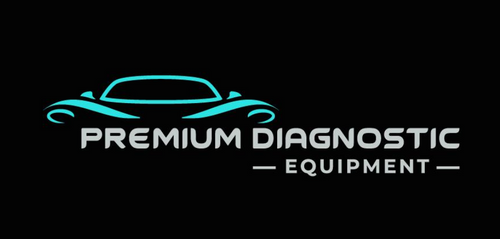
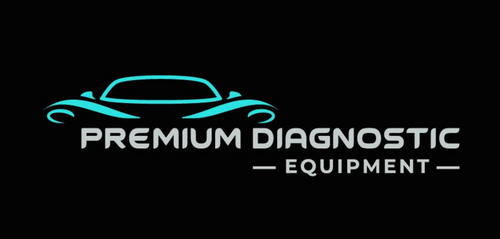
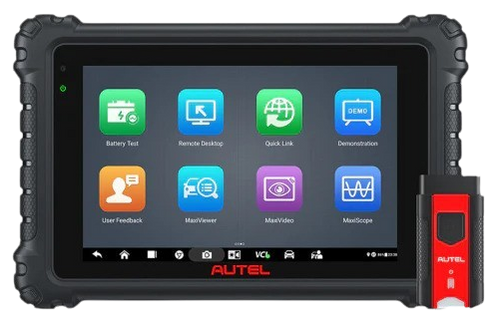
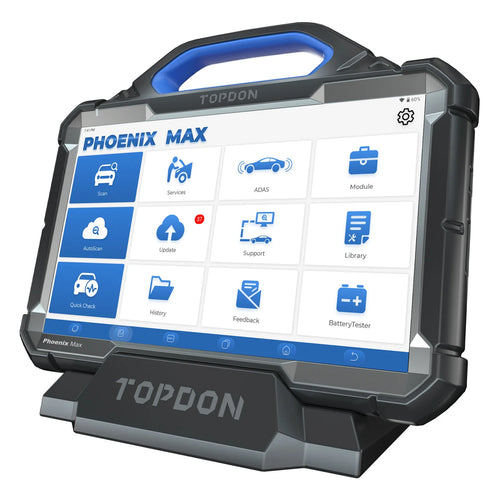
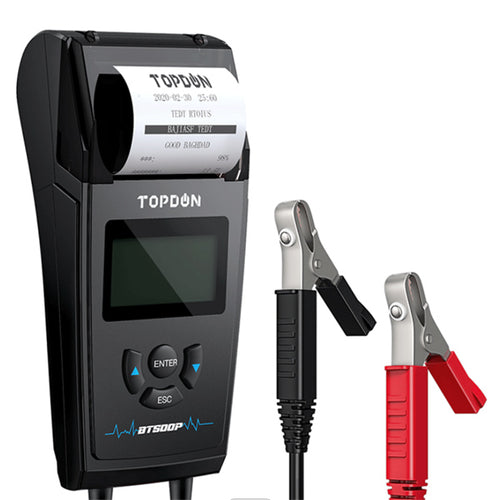
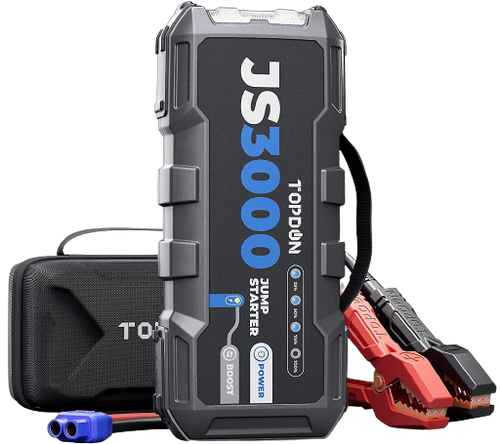
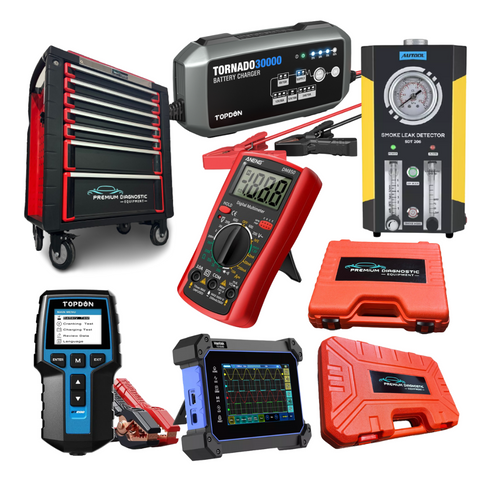
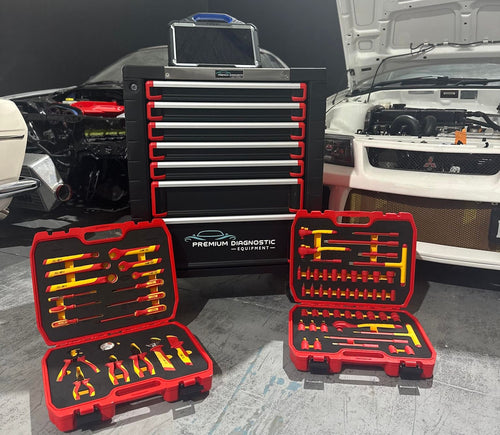
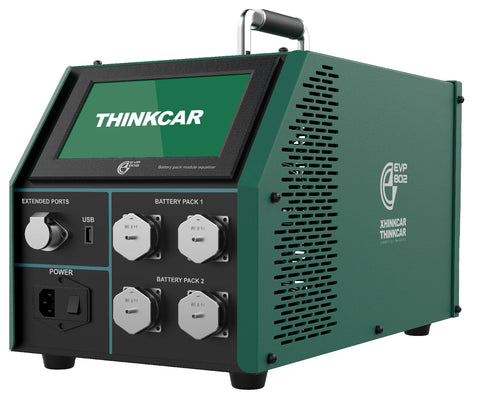
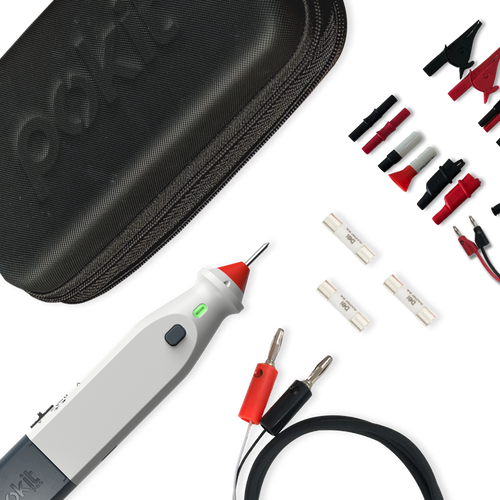
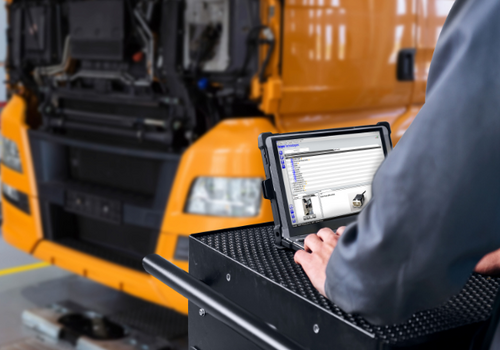

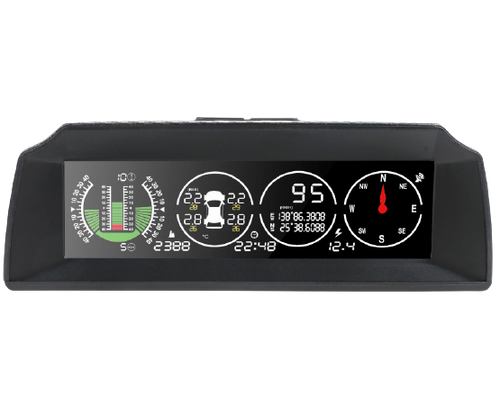
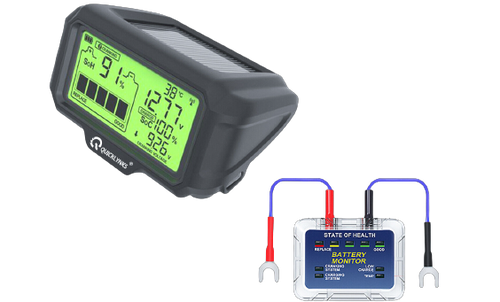

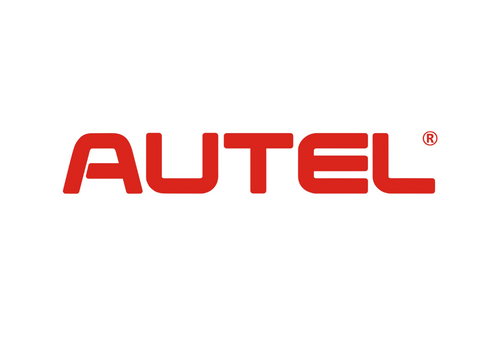
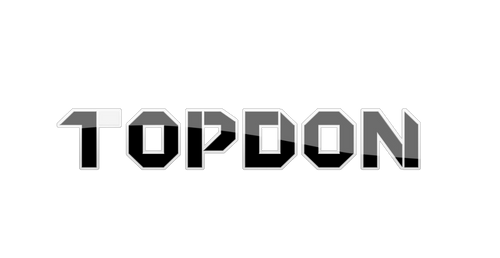
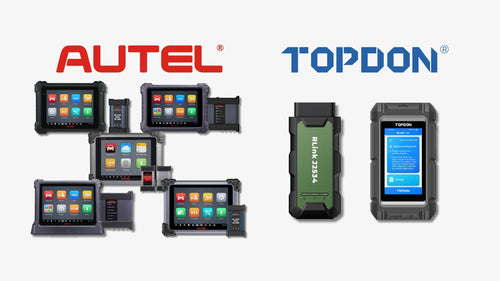


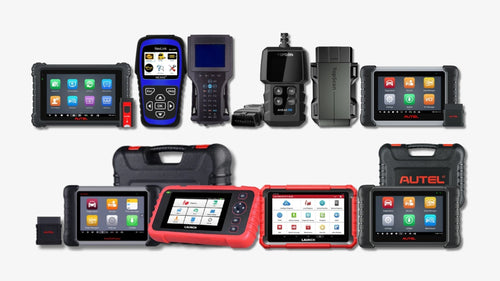
Leave a comment (all fields required)